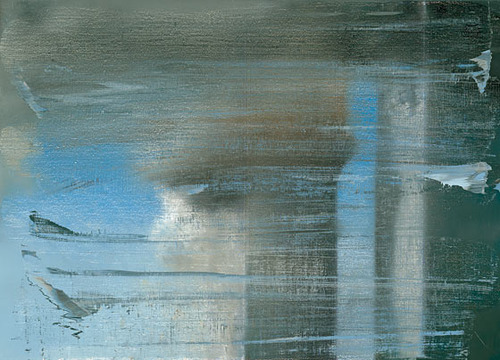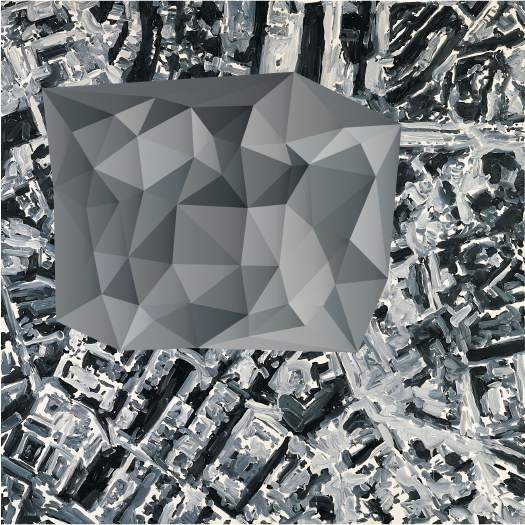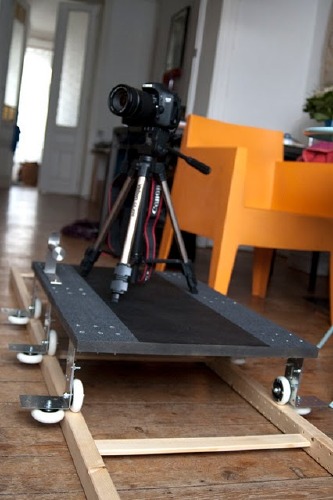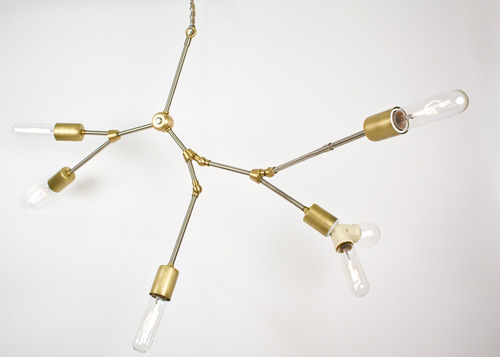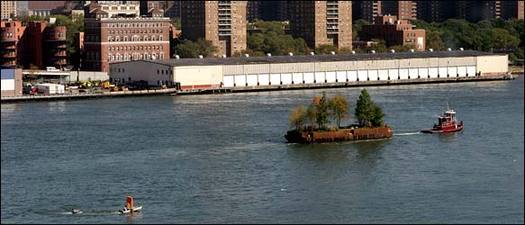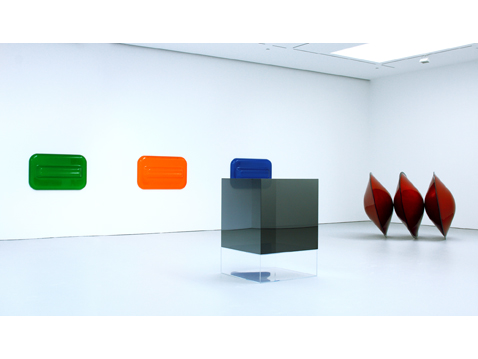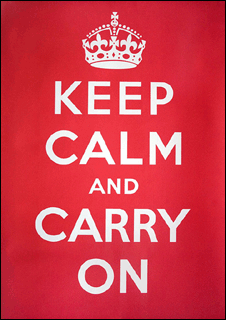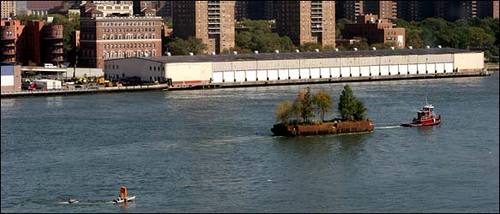
A little while back, when I realized that Bruce High Quality Foundation, the ambiguous, anonymous art collective and The New Hotness, were behind The Gate, I took them at their word and began to question whether what we knew or assumed about the project was true, misinformation, or both. As they put it,
When there are moments of clear misinformation, those are generally used to make people be more conscious of the potential that it’s all made up. They have a function so that you always know it has been written by someone somewhere.
Specifically, I wondered if the fantastic and seemingly serendipitous documentation of The Gate and the front page NY Times article by Randy Kennedy that followed were, if not fabricated, then at least planted, managed, manipulated or produced in some way by BHQF.
I should say that at the time, I was also writing arts features for the NYT. Though I don’t know Randy Kennedy personally, I have a huge admiration for his work. My questioning of how the The Gate story was presented should in no way be construed as casting doubt on Kennedy.
But just imagine a publicist were involved. And/or that the Brooklyn designers who photographed and witnessed The Gate were friends or even enlisted participants of BHQF members. The contours and details of Kennedy’s article could be entirely accurate, and from a journalistic standpoint, he’d be totally in the clear.
What would change is the perception and interpretation of BHQF and their work. What if Bruce–who, at the time, refused even to identify themselves as BHQF–had a publicist who helped them get their project into the NY Times? It’s as far-reaching as it is far-fetched.
More plausible, though, would be the idea of setting up not just the execution of The Gate, but its publicity. The Gate‘s $2,000 budget was a challenge to the conflation of budget and value in public art. Christo and Jeanne-Claude’s Gates had been loudly–and, I argued, inaccurately–presented as a $20 million “gift” of the artists to the public. Robert Smithson’s widow Nancy Holt allowed his scruffy Floating Island to be realized posthumously with a $250,000 budget, which organizers touted as the “anti-Gates.”
This was the context for BHQF’s brilliant, absurdist, and flagrantly shoestring idea. But the question seems obvious, even intrinsic: if a floating gate chases a floating park and the Times doesn’t cover it, is it public art?
So anyway, I contacted the two designers who were the Times’ sources for the The Gate article, and I asked them more about their experience as BHQF’s first audience. Basically, it all checks out. Here are some excerpts from their email accounts:
Continue reading “Never Mind! Bruce High Quality Foundation Made The Gate, But Not The Article“

